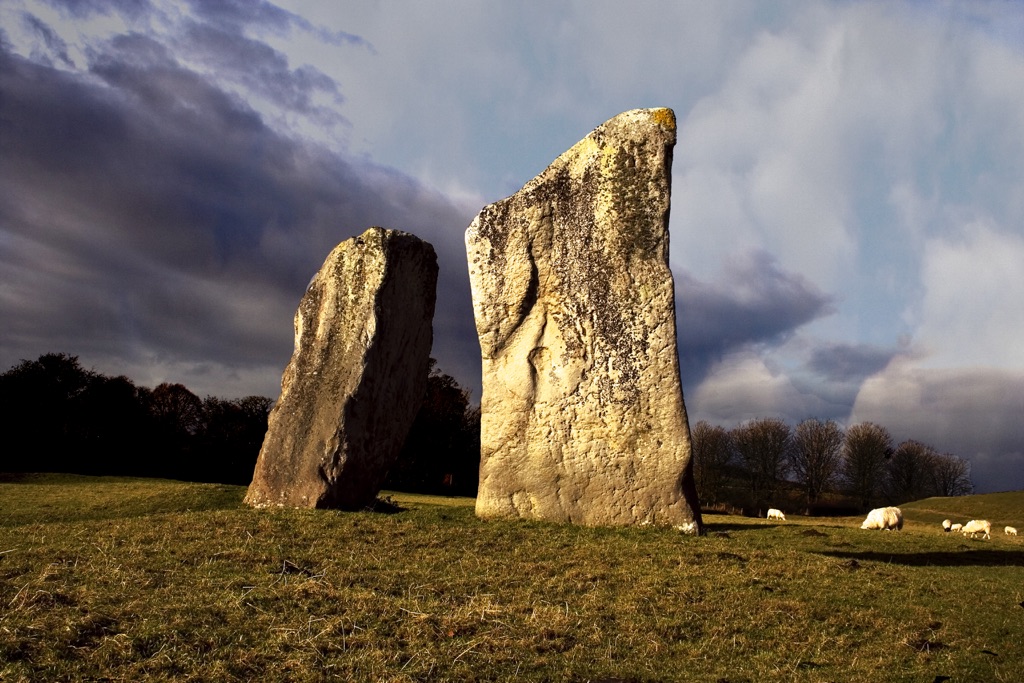Avebury Henge is an astonishing prehistoric site, nestled in the English countryside. It dates back to around 3000 BCE, making it older than Stonehenge. This monumental stone circle is one of the largest in Europe and is part of a wider complex of Neolithic and Bronze Age monuments. Visitors today can wander among the stones, feeling the echo of ancient ceremonies. The site includes the massive circular bank and ditch, with the large outer stone circle and two separate, smaller stone circles situated inside. This henge is a testament to the remarkable engineering skills and spiritual depth of its builders, whose work has stood the test of time.
Megalithic Structures
Megalithic structures, monumental in both size and historical significance, have captivated the human imagination for millennia. These ancient constructions, primarily built during the Neolithic to the early Bronze Age, around 4000 BC to 2500 BC, are found across various parts of the world, from the windswept plains of Europe to the rugged landscapes of Asia. The term “megalith” itself is derived from the Ancient Greek words ‘megas’, meaning great, and ‘lithos’, meaning stone, aptly describing the sheer size and weight of these structures.
The Purpose Behind Erecting Megaliths
The functions of megalithic structures have been a subject of extensive study and debate among historians and archaeologists. While the exact purposes vary across different cultures and geographical locations, several common uses have been identified. Many megaliths are believed to have served as burial sites, with dolmens and passage graves providing a final resting place for the deceased. This funerary aspect suggests a reverence for the dead and possibly beliefs in an afterlife. In addition to their role as burial sites, some megalithic structures are thought to have had astronomical significance. The precise alignment of stones with celestial events, such as the solstices and equinoxes, points to an advanced understanding of the movements of the sun, moon, and stars. Stonehenge, perhaps the most famous megalithic structure, exemplifies this astronomical alignment, with its stones positioned to mark the summer and winter solstices. 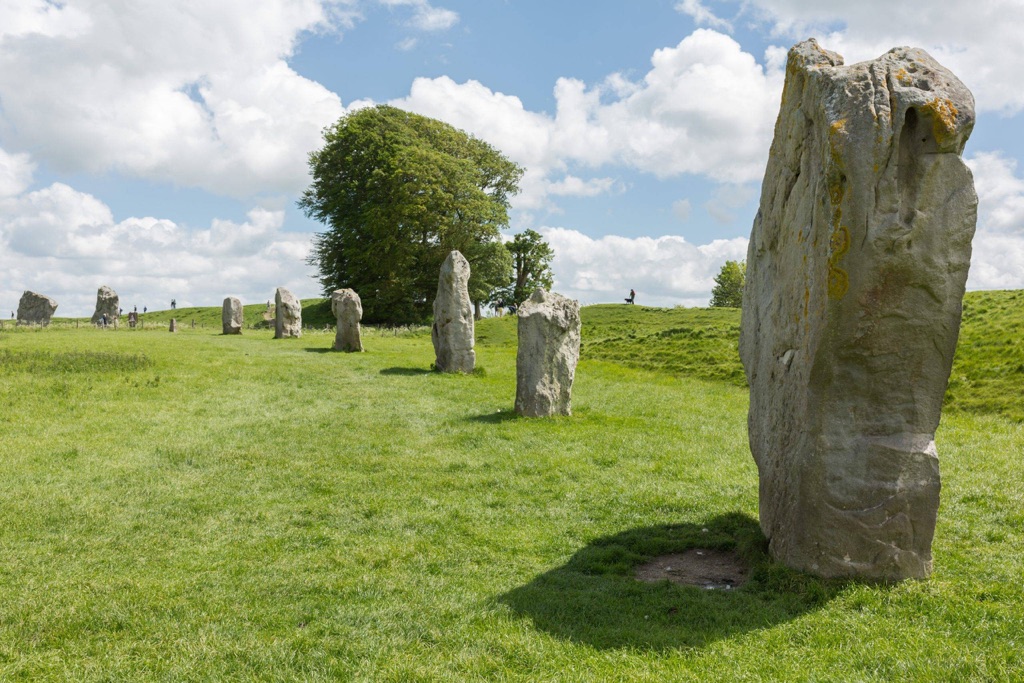
Architectural Techniques and Construction Challenges
The construction of megalithic structures is a testament to the ingenuity and resourcefulness of ancient societies. The transportation and erection of massive stones, some weighing several tons, would have required not only physical strength but also sophisticated engineering techniques. Theories on how these ancient peoples accomplished such feats include the use of wooden rollers, sledges, and lever systems. The construction of megaliths likely also demanded a high degree of social organization and communal effort, indicating a well-structured society with the capability to mobilize large groups for collective projects.
Megaliths as Symbols of Collective Identity
Beyond their functional and astronomical significance, megalithic structures may have served as powerful symbols of collective identity and social cohesion. The monumental effort required to construct these megaliths suggests that they were of great importance to the communities that built them. They could have acted as landmarks, territorial markers, or centers for social and religious gatherings, playing a central role in the cultural and spiritual life of the society.
Megalithic Sites around the world
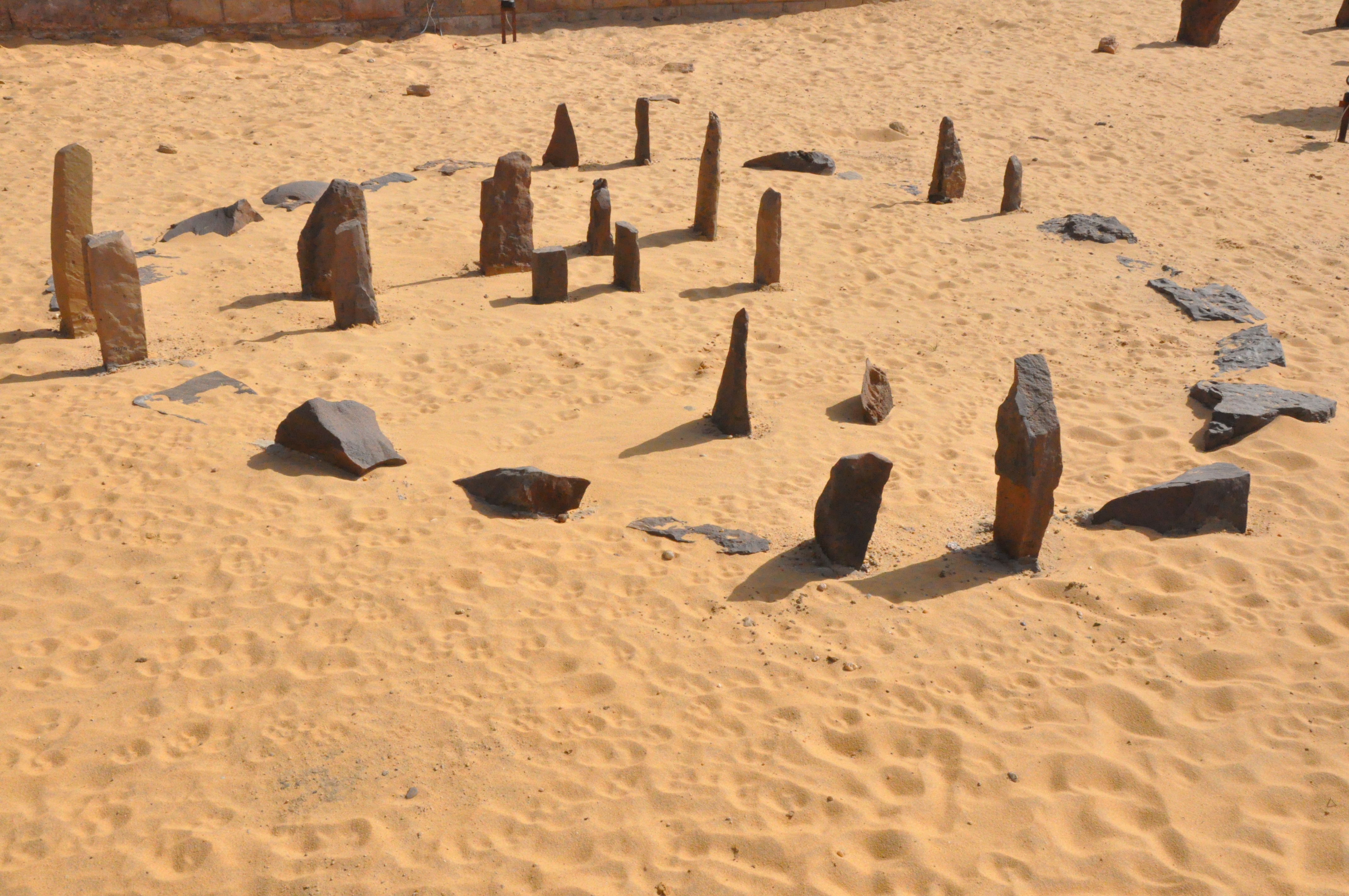
The Nabta Playa Stone Circle
Located in the vast Sahara Desert, Nabta Playa is a testament to the ingenuity of ancient cultures. This captivating archaeological site was a hub for prehistoric communities around 7,500 BCE. Scientists regard it as one of the earliest known astronomical devices. The stone circles and other megalithic structures align with astronomical events. These formations reveal the early settlers’ understanding of the cosmos. Their sophisticated knowledge laid the groundwork for later civilizations.
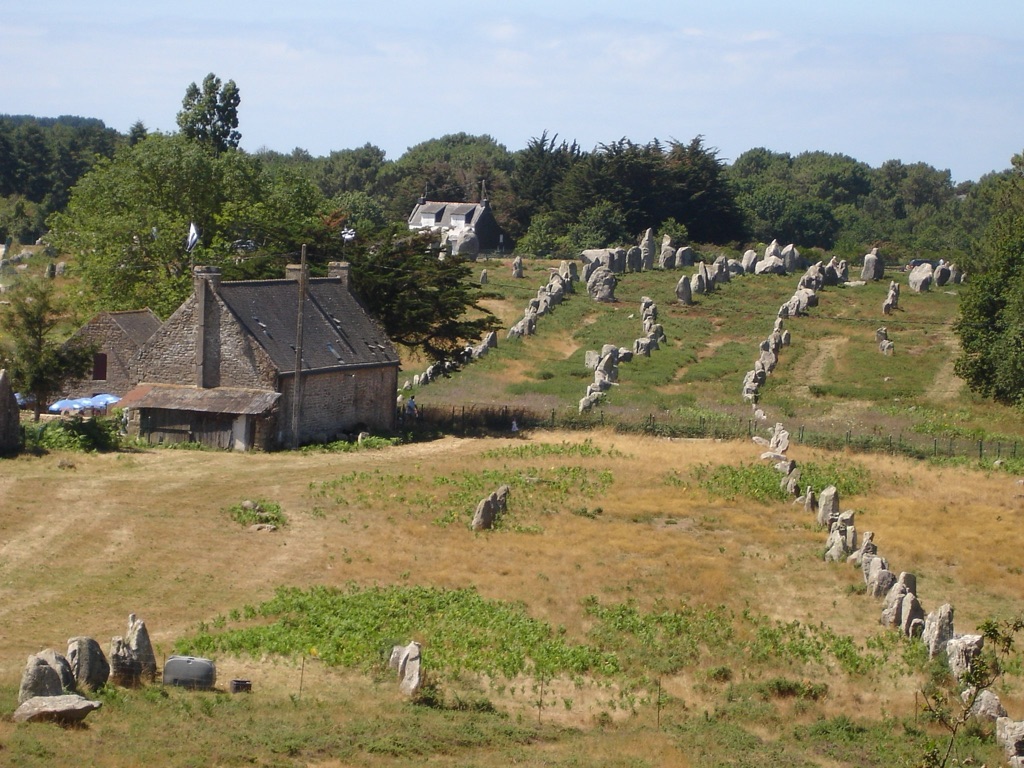
Carnac Stones
Set in the picturesque region of Brittany in France, the Carnac Stones are a marvel of the ancient world. This collection of over 3,000 prehistoric standing stones dates back to the Neolithic era. Local legends weave tales of magic, attributing the stones’ arrangement to pagan soldiers turned to stone by Pope Cornelius. Tourists and historians alike are drawn to the site, seeking to unravel the mystery of their purpose. Some suggest they served as astronomical calendars or religious sites. With stones aligned east to west, their silent form continues to fuel curiosity and wonder.
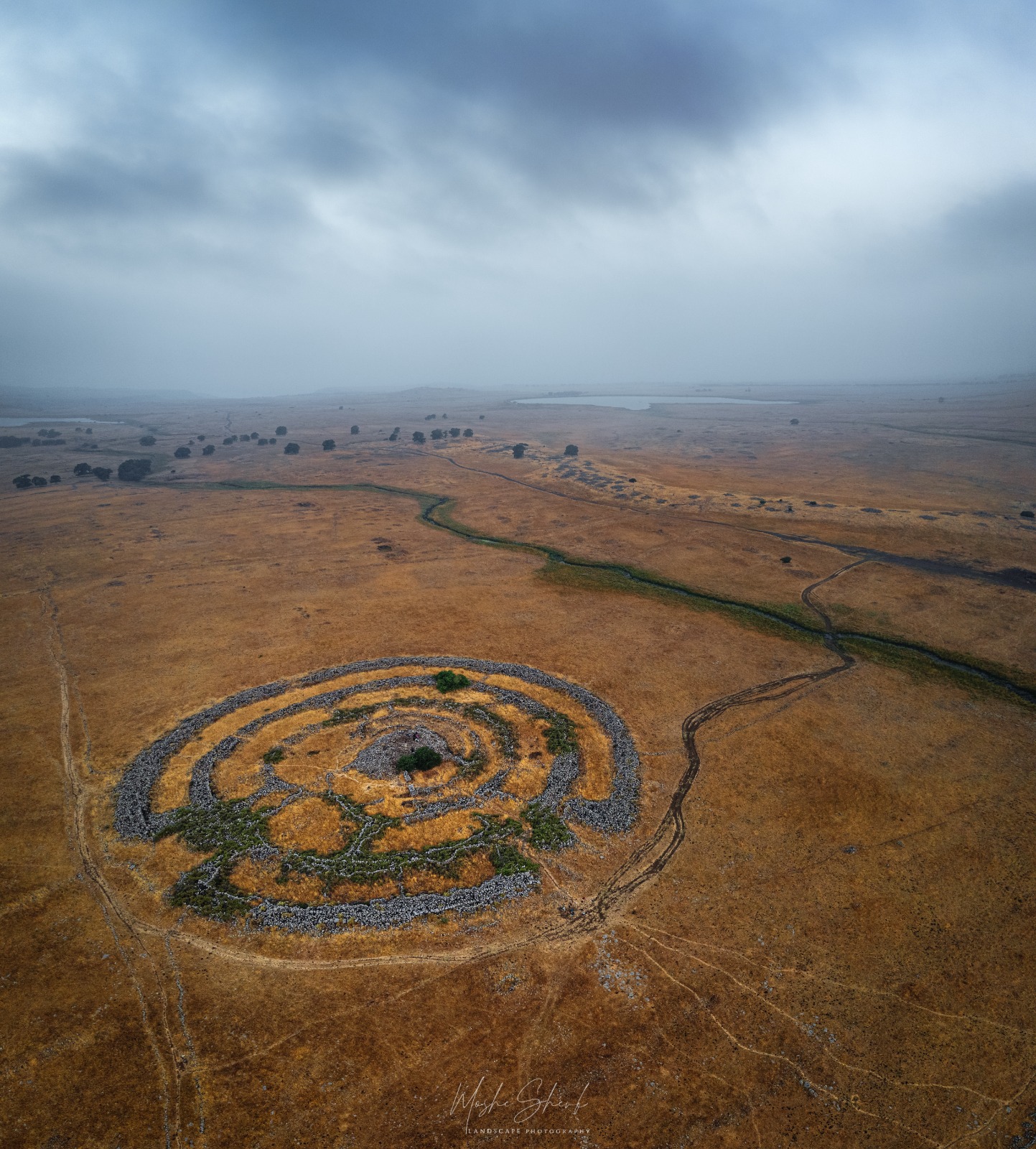
Rujm el-Hiri
Deep within the Golan Heights lies Rujm el-Hiri, a captivating prehistoric site shrouded in mystery. Its name translates to “stone heap of the wild cat” in Arabic, while in Hebrew, it’s known as Gilgal Refaim, or the “wheel of giants”. This ancient megalithic monument, composed of over 40,000 rocks, forms several concentric circles with a tumulus at the center. Researchers estimate it dates back to the Early Bronze Age, suggesting it’s over 5,000 years old. The site’s purpose remains a topic of debate among archaeologists, with theories ranging from an astronomical observatory to a place of ritualistic significance. Despite its unclear origins, Rujm el-Hiri continues to intrigue scholars and visitors alike, beckoning a deeper exploration into the past.
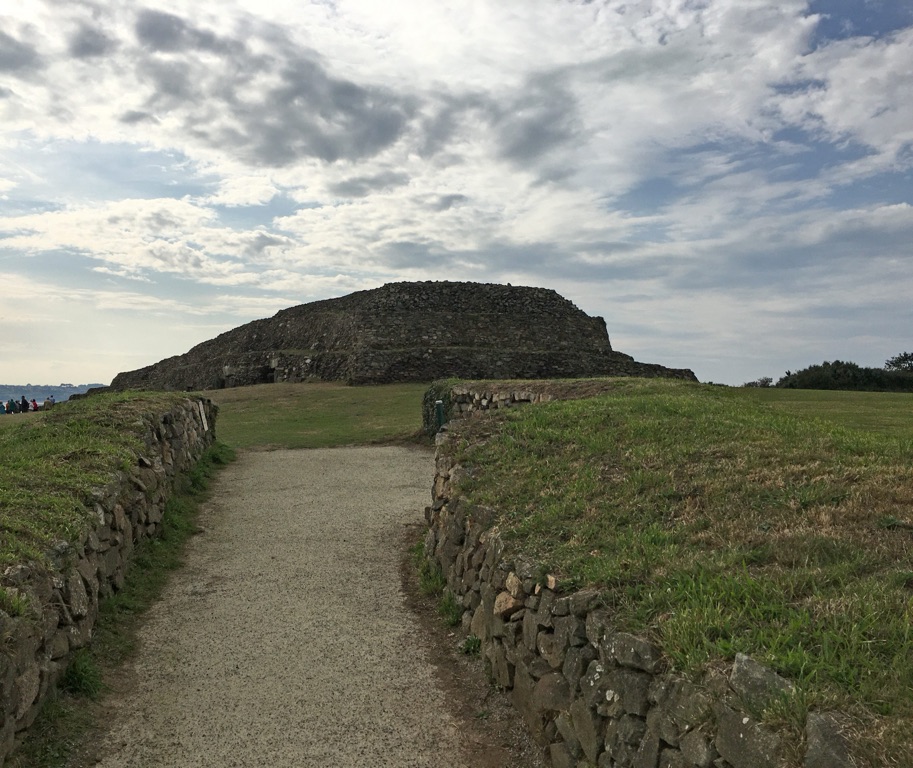
Cairn of Barnenez
Located in Brittany, France, the Cairn of Barnenez stands as one of the most remarkable prehistoric monuments in Europe. Dating back to around 4500 BC, it consists of two separate but adjoining cairns, which form an imposing megalithic structure. The site spans 75 meters in length and reaches eight meters in height, showcasing an impressive architectural feat for its time. Its numerous chambers and intricate stone carvings reveal important insights into the rituals and beliefs of its Neolithic creators.
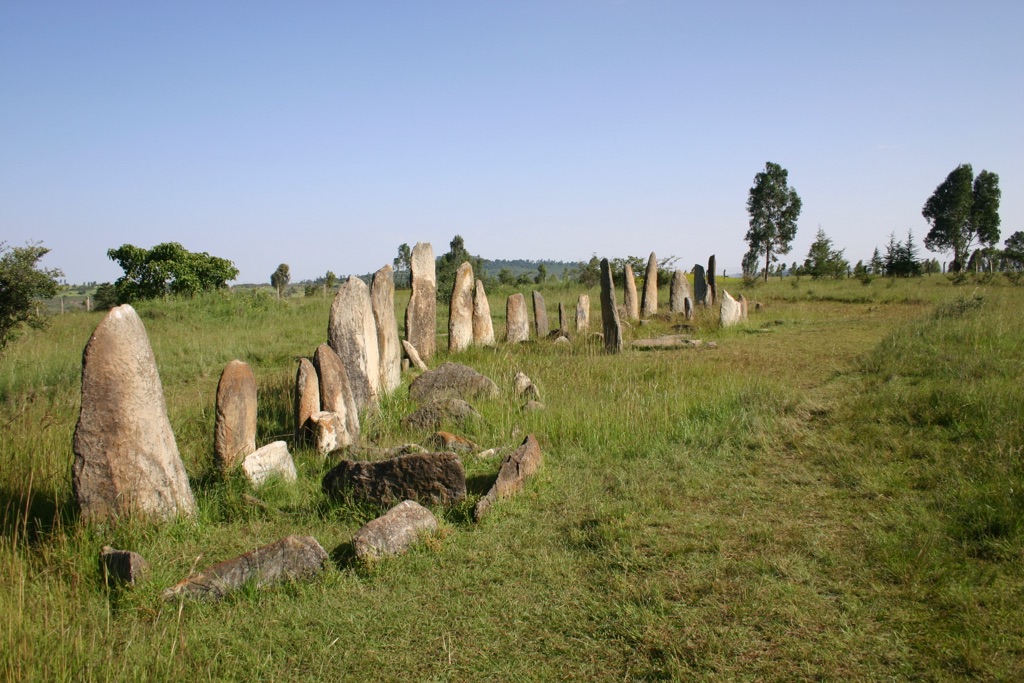
Tiya Archaeological Site
Located in the Soddo region of Ethiopia, the Tiya archaeological site is renowned for its collection of megalithic pillars. Often hailed as a treasure trove of ancient history, these stelae are cryptic monuments that whisper tales from the past. Each stone is elaborately carved, featuring symbols that shed light on complex socio-religious practices of the time. Visitors are intrigued by the enigmatic carvings which include representations of swords and figures. As a UNESCO World Heritage site, Tiya is a vital piece of humanity’s heritage and captivates archaeologists and travelers alike.


